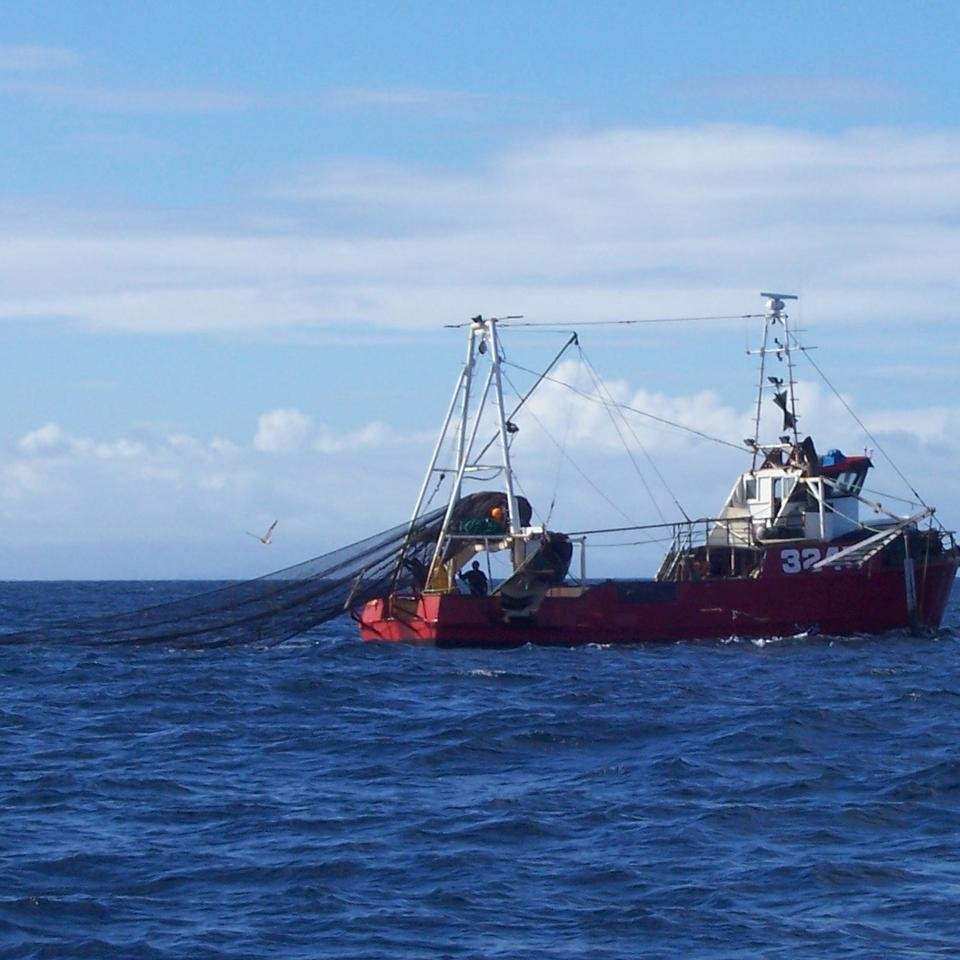In recent years, awareness of seabird bycatch in inshore fisheries has grown considerably. A recent expert workshop run by the Department of Conservation and Ministry of Fisheries, and attended by Dragonfly, discussed bycatch reduction measures for inshore trawl and bottom longline fisheries.
Department of Conservation and Ministry of Fisheries teams have been working with inshore fishers for the last few years, to develop management approaches to reduce seabird bycatch risks. This has included holding workshops, distributing information to increase awareness of seabird issues, employing port-based advisory officers, documenting fishing practices, and recording fishers’ use of devices intended to reduce seabird captures.
For both trawl and bottom longline fishing methods, there is good information on how to reduce seabird interactions. However, almost all of this originates from deepwater fisheries that involve much larger vessels. Inshore vessels are smaller and have very different styles of operation. This means offshore measures can be difficult to transfer to inshore fleets.
In February 2012, the Ministry of Fisheries and the Department of Conservation held expert workshops on inshore trawl and longline fisheries. For trawl fisheries, the goal of the workshop was to develop a protocol for testing fisher-made bycatch reduction devices, to determine their efficacy in reducing seabird interactions with trawl warps. In offshore fisheries, the same issues received attention about 6 years ago and are now managed using a combination of bycatch reduction devices and fish waste management.
For longline fisheries, variation in practice among inshore vessels means that documentation of current operations is needed first. Understanding operational patterns allows the development of seabird bycatch reduction measures that minimise disruption to fishing practices.
Dragonfly was invited to participate in the workshops due to our familiarity with data on seabird captures in fisheries, and experience analysing data from experiments on seabird bycatch reduction measures. In addition, Johanna who attended for Dragonfly, has spent time on bottom longline vessels.
Following the workshops, and with the cooperation of industry, Department of Conservation and Ministry of Fisheries will roll out device testing and data collection programmes at various times through the year.


